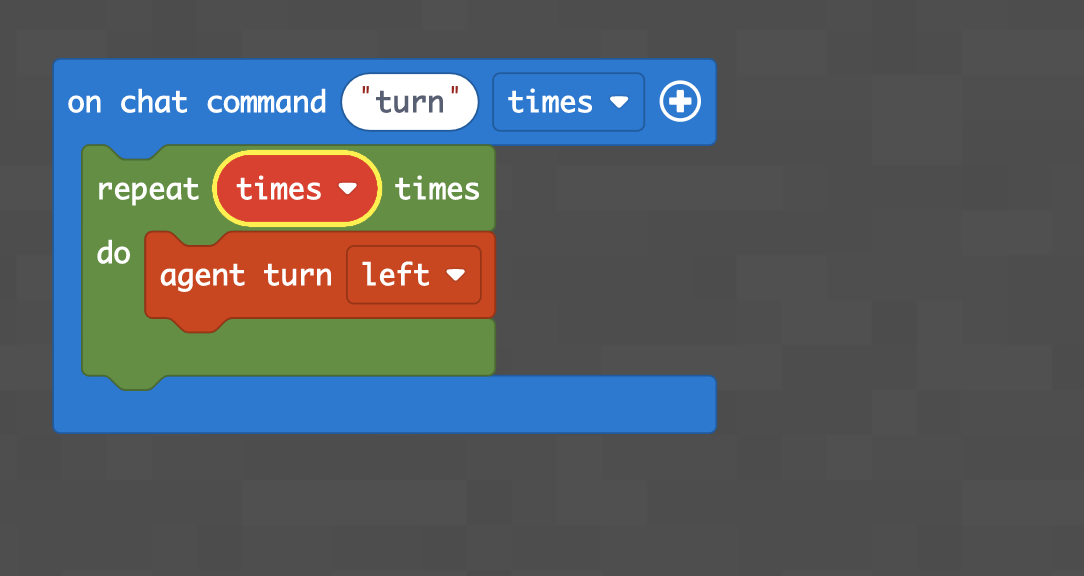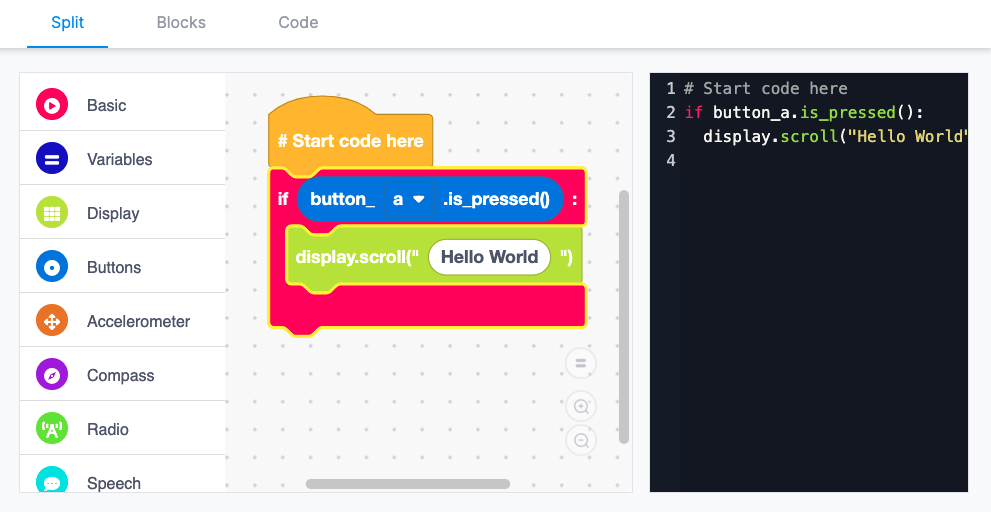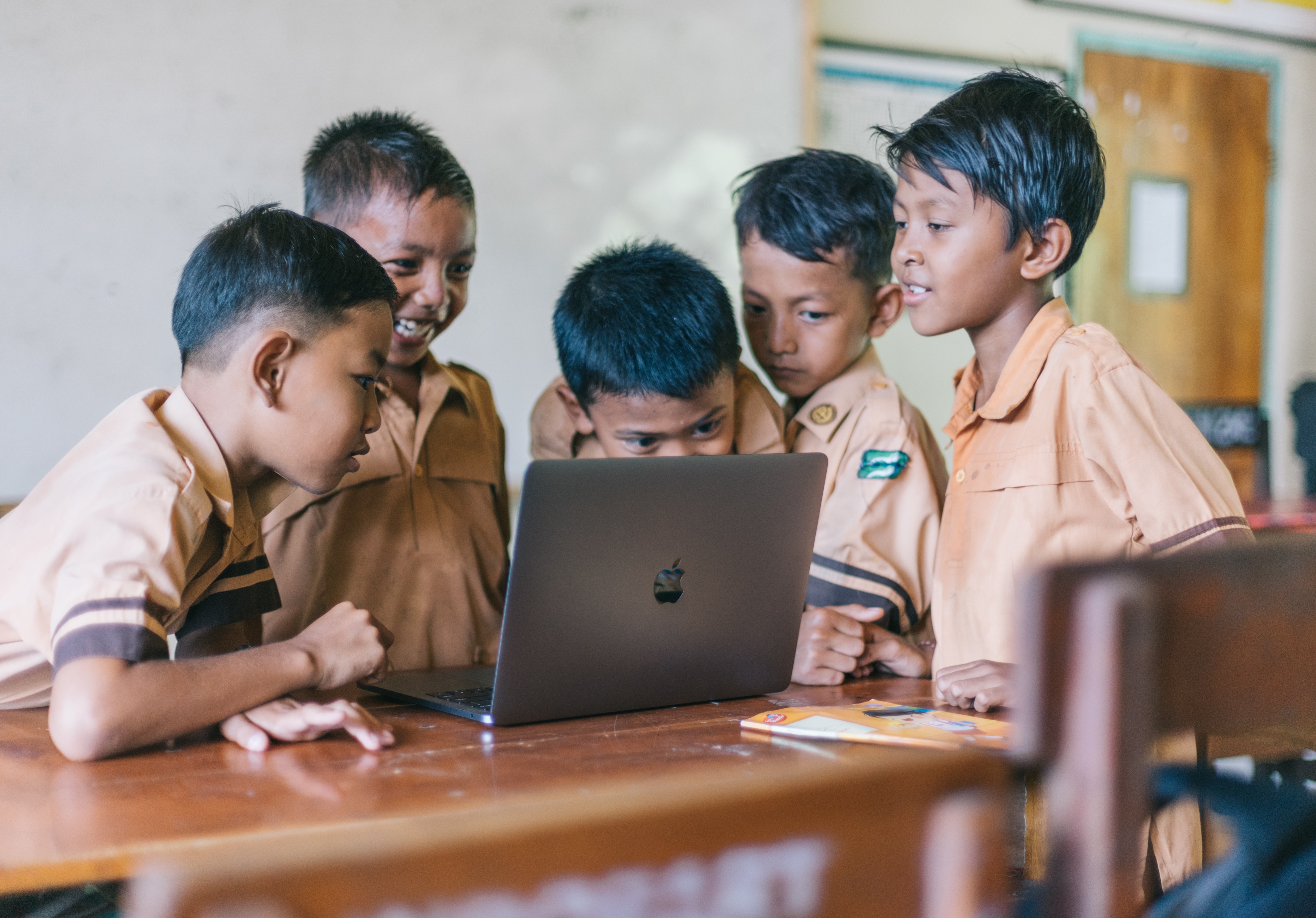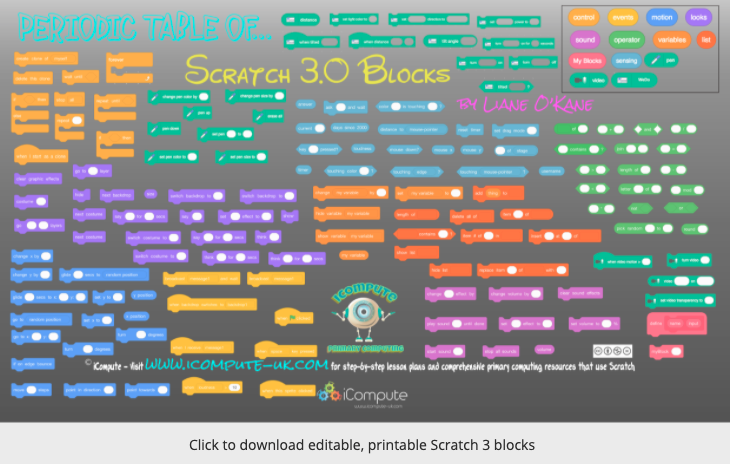First Language (L1)
Bridge to
Target Language (TL)
In Theory for CSL
 MakeCode for Minecraft Education Edition
MakeCode for Minecraft Education Edition
Traditionally, students' first coding language was a text-based language. However, more students are starting on their programming journey through blocks-based languages [2]. There is now more research being conducted on the effect of blocks-based coding and best strategies for transitioning students from blocks to text. It has been found that females and traditionally underrepresented groups in CS do better in block coding [2].
In Theory for EML
The percentage of Emerging Multilingual Learners in the United States is increasing [4]. Translanguaging is the theory that multilingual learners do not use each language and its resources in isolation. Rather, multilingual people use words, gestures, semantics, and behaviors from more than one language at once [5]. Therefore, teachers should support students language growth by allowing them to build from their language knowledge as they enhance their new language.
In Action
 EDU Blocks
EDU Blocks
The brain naturally attempts to make connections to new information. A reference to students' first code language could be used when introducing a new concept.
Hybrid coding environments allow users to switch between code & text editors seamlessly. Some even allow for split view. Research shows in a hybrid environment students will naturally switch back to blocks from text when a new concept is introduced [2] [1].
In Action

Encourage translanguaging! Offer students the use of their first language, or dominant language, when comprehending difficult texts, to support pre-writing, and for peer to peer conversations [4].
Tips
 icompute-uk.com by Liane O'Kane
icompute-uk.com by Liane O'Kane
Use these png Scratch blocks in your slide decks or LMS when teaching a new concept in the TL. Check out how it was done in this Minecraft MakeCode slide deck where Scratch is considered the L1.
Minecraft Relative Coordinates slide deckTips

Allow errors that do not impede meaning in the early stages while encouraging participation [4].
Encourage students to use a translator to help them find the words they are looking for in the new language [6]. Have students create a personal bilingual journal with their own drawings and definitions of new terms [6].
More Resources
There are many hybrid platforms that easily allow for coding in both text and block languages.
CSL && EML
Both CSLs and EMLs have shown higher levels of self-esteem, academic success, and higher academic achievement when allowed to use their L1 [2][3]. In a recent study, researchers found that language learning ability correlated more closely than mathematical ability in learning to code in Python [7].
Rethink Prerequisites
If language learning ability is more predictive than mathematical aptitude in the successful acquisition of a programming language, schools and districts should remove mathematics courses as prerequisites and encourage more bilingual, multilingual, and emerging multilingual students to take computer science courses.
Read this study reviewAccess to translation
Use translation services and show students how to use them to access content. Use the links below to watch how this can be done.
- Switch langauges in various coding platforms
- Turn on translated subtitles for YouTube videos
- Show students to use the Google Translate extension for reference material
Incorporate L1 into Projects
Encouraging students to use their L1 in projects helps reduces cognitive load while celebrating linguistic roots. Participating in Literacies and Computer Science (PiLa-CS) is a research partnership based in NYC between NYU, CUNY NY, and CS for All, which seeks to illuminate best practices and strategies in CS for EMLs. The website has a wealth of information for CS teachers.
PiLa-CS website